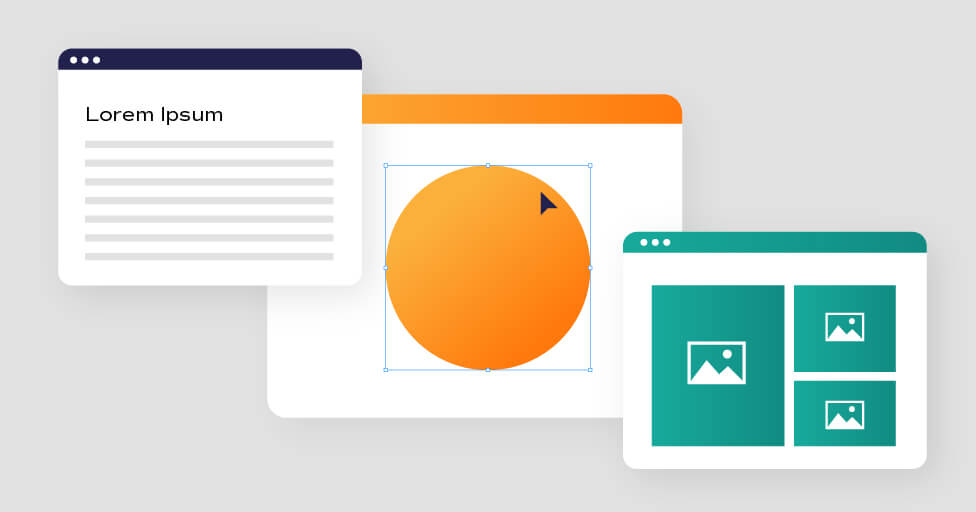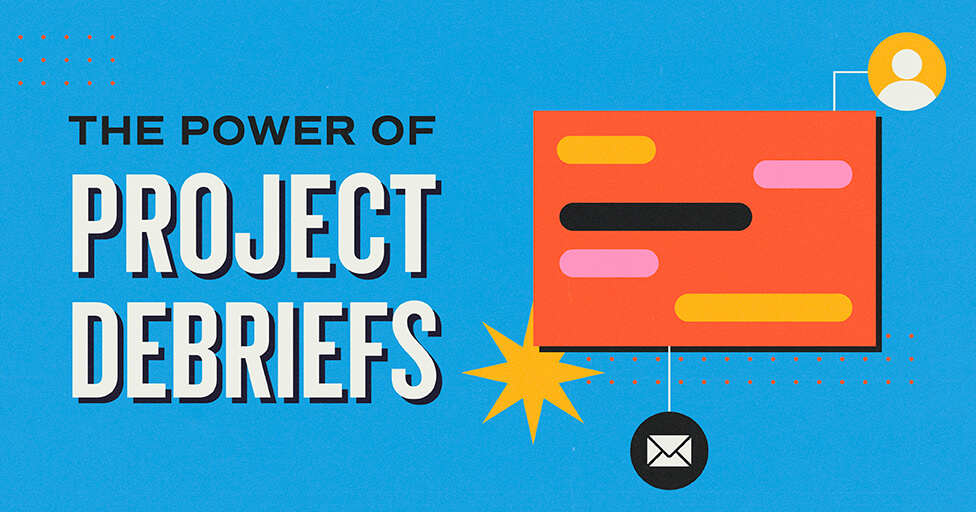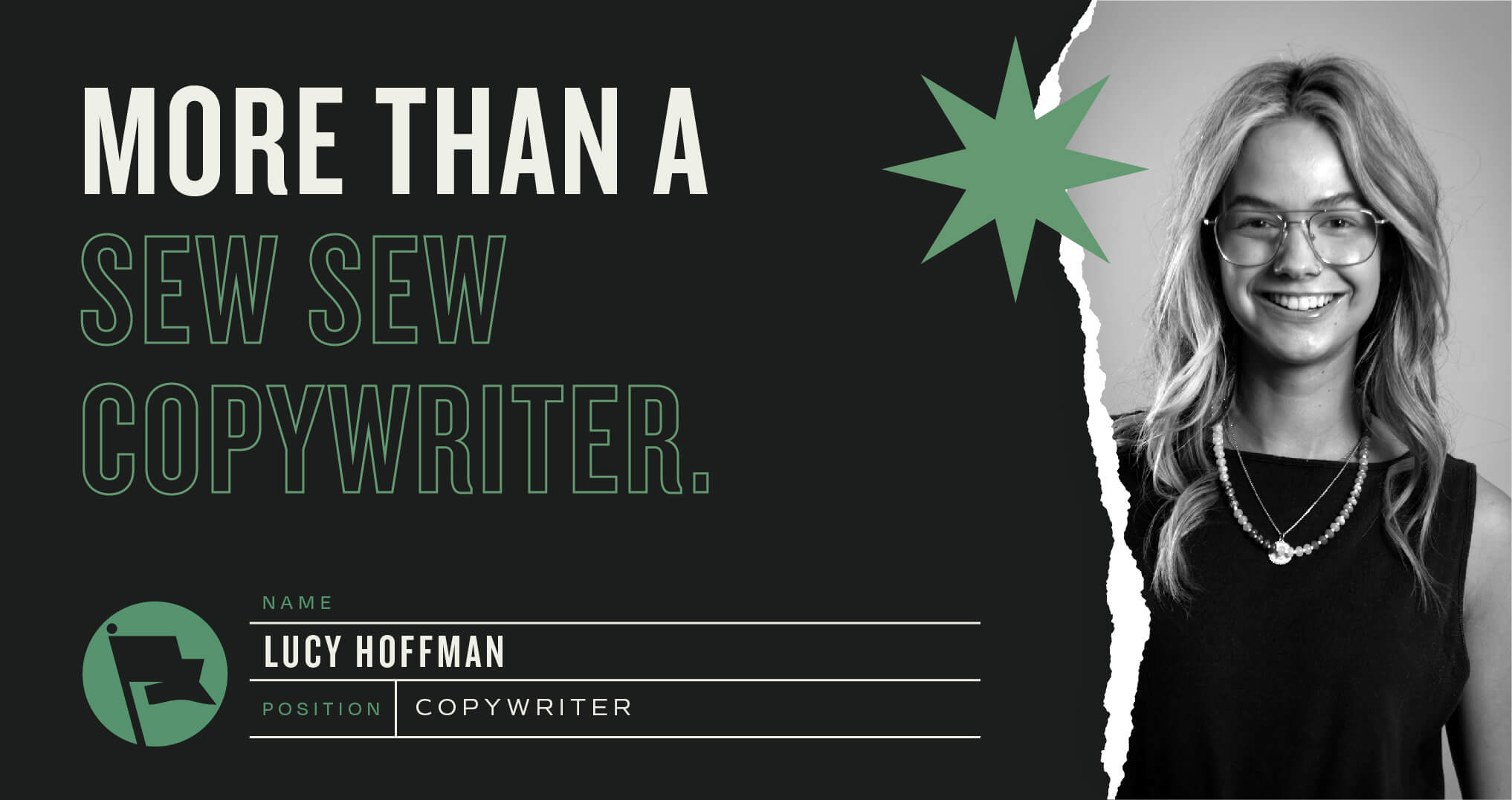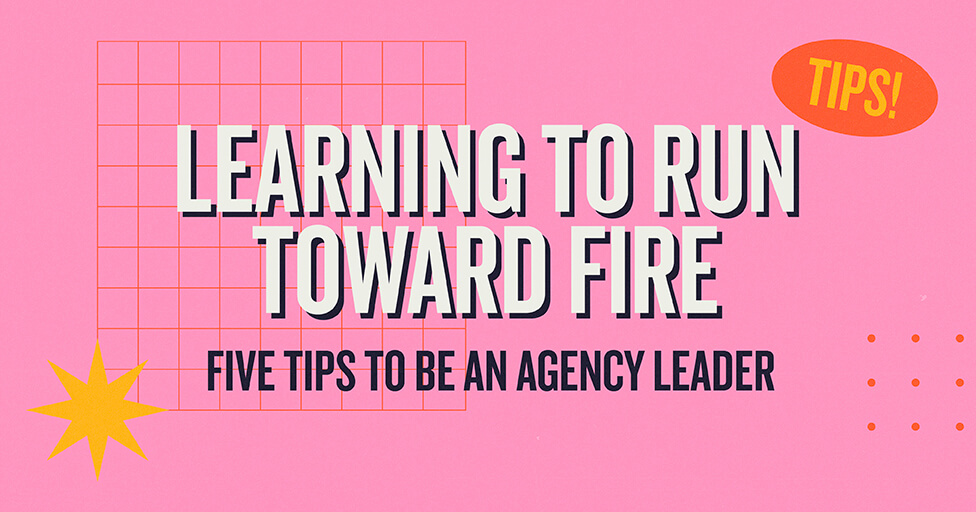
Ask someone to describe what a designer does every day and you’ll get a pretty wide variety of responses. Sure, designers create the visuals for websites and other things; but beyond that, the answer is vague. There’s a certain level of mysticism surrounding the creative process. It’s sometimes lauded, sometimes mocked, but never really understood by most people.
I’m reminded of Don Draper of Mad Men, who really embodied this notion. In the first episode of the series, Draper walks into a client pitch with no idea what the campaign is going to be. Pete Campbell, the over-eager account executive, foolishly did research and prepared for the meeting. Campbell presents his research, but his idea is completely destroyed by the sheer abstract power of Draper’s amazing creative mind. And you know what? Draper’s idea is brilliant. That’s a popular notion of creative geniuses: that they have this supernatural ability to pull brilliant ideas out of the air around them that are perfectly fitted to the client and their situation. Everything between the first client contact and the presentation of the idea is a mystery.
Mike Monteiro, co-founder and design director of Mule Design in San Francisco, described design differently. He said that design is solving a problem within a set of constraints. That’s it—no mystery, no smoke and mirrors, no man behind the curtain. It’s a client (the business experts) and a design studio (the creative experts) working together as a team to solve a tangible business problem. That sounds much more approachable. And, in our experience, it’s also much more likely to actually help your business.
Design is nothing without a problem to solve, and it’s pointless unless it solves the right problem: your problem.
Your company is unique and so are its challenges. A company that sells most of its products on impulse buys has very different business needs than a company that needs to build long-term trust and authority to make a single much larger sale, and both of those problems are very different than a company that needs to change its image to grow with the rapidly-evolving world around it.
You know the unique problems of your company intimately. You’ve probably been tasked with fixing them. And anybody who’s been in that situation will tell you, that’s a very daunting place to be. There’s a bit of good news here: having a clear problem but a fuzzy or non-existent solution is actually a great place to start working with a creative agency.
The temptation can be to approach a design agency only after you have a solution in hand, but this can actually be counterproductive. Creative agencies are problem-solvers, and we do our best work when we work together with clients on solving problems. The burden of a great solution shouldn’t have to be on the business owner or marketing team—that’s what you pay the design studio for.
While Don Draper may be fine with a vague thought ignited by a spark of inspiration, in reality, practical creative solutions never happen on accident. They take painstaking iteration and research, and that all begins with landing on the exact problem that needs to be solved. A good design studio may deliver a great-looking site, but a great one will deliver a site that will effectively meet the unique needs of your business.
In the design world, this process of defining the unique problem and finding the most effective way to address it is called discovery. Good discovery is the most important part of any creative process. Albert Einstein was once asked what he would do if he had one hour to save the world. His response: “I would spend 55 minutes defining the problem and 5 minutes solving it.” Thankfully, most design studios are a little more efficient than Albert Einstein, but the point remains: working toward a solution means nothing if you’re solving the wrong problem.
When working with any external creative agency, be extremely wary of any that would start working on a solution before they know what the problem is. At MBB, our discovery process is designed to be both effective and painless. Solutions shouldn’t just be creative—they should be effective.
Subscribe to our newsletter
Get our insights and perspectives delivered to your inbox.


